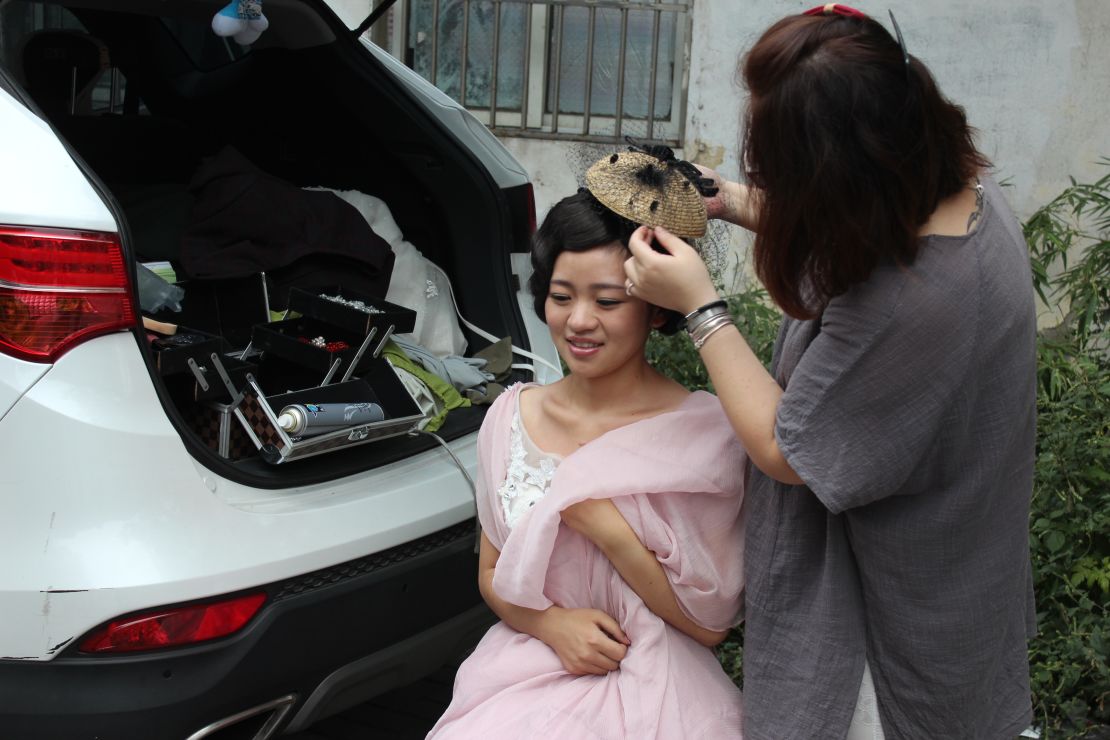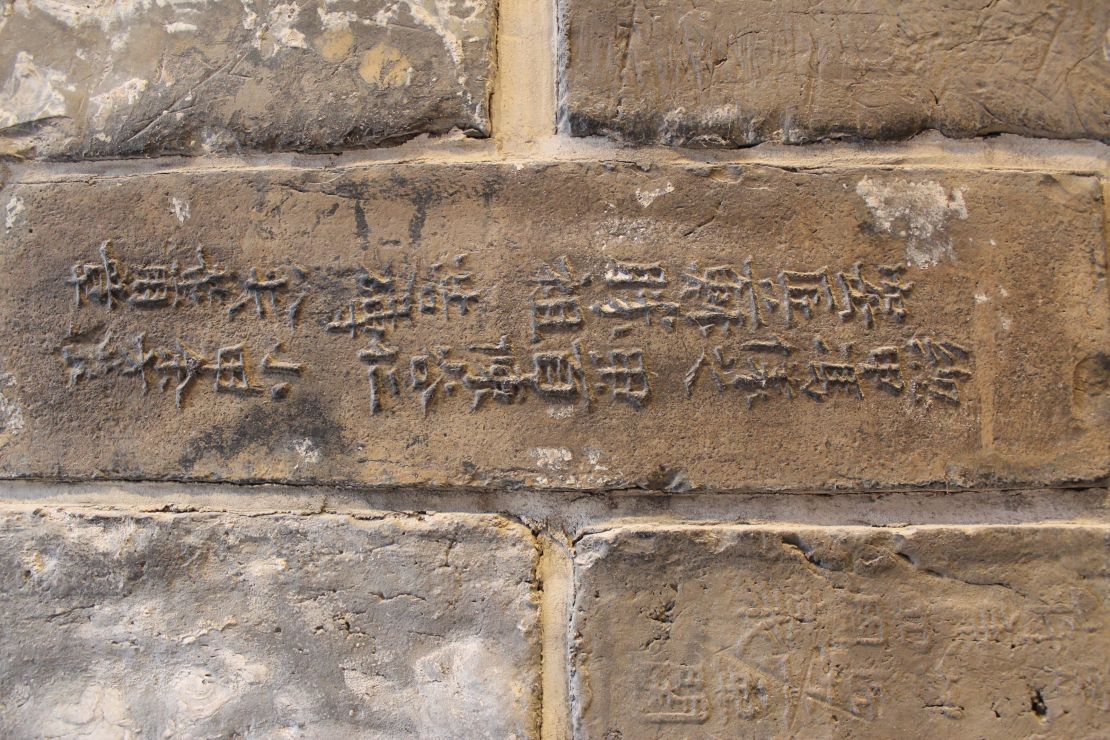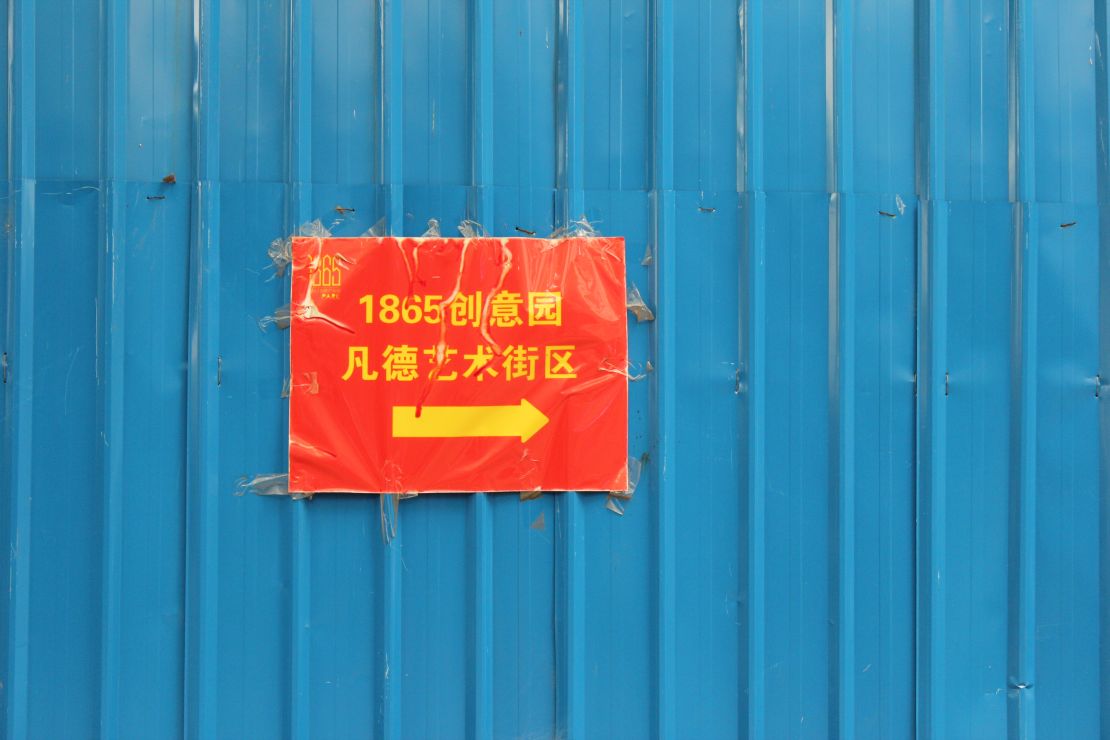Editor’s Note: CNN Travel’s series often carries sponsorship originating from the countries and regions we profile. However, CNN retains full editorial control over all of its reports. Read the policy.
Story highlights
Feel literary inspiration in an abandoned railway station
Yangtze Hotel built with Ming Dynasty bricks from 600-year-old city wall
1865 Creative Park hopes to be city's "it" neighborhood
Nanjing, China, has always been a destination for history buffs.
From the magnificent medieval battlements of the city’s ancient wall to the impressive final resting place of modern China’s founding father Sun Yat-sen, Nanjing is packed with some of the country’s most famous landmarks.
But the old capital’s magic isn’t only found at grand monuments, mausoleums and temples.
Here’s our guide to exploring the hidden corners that really make this city of 8 million a place worth lingering.
The station time forgot

At first glance, with its peeling paint and shuttered windows, Pukou Railway Station, on the north side of the river that divides Nanjing, is an unlikely tourist destination.
Built in the early 1900s in European style, it was a major transport hub until a rail and road bridge was built across the Yangtze River in 1968.
Today it lies largely abandoned in a ramshackle suburban neighborhood but the building, which must have been striking in its heyday, attracts a small but steady stream of visitors keen to capture a slice of a bygone era.
It’s been used as a location in several Chinese movies set in the Republican era (1912-1949) – and it’s a popular place for local couples to take wedding shots dressed up in 1930s-style clothing.
A walk along the eerily empty platforms, lined with elegant columns, takes you past a water fountain and discarded empty carriages that are no longer used on China’s high-speed modern rail network.
For college student Summer Wang, 20, visiting from Hubei province more than 300 miles away, the station’s appeal lies in its literary links.
It was the setting for “My Father’s Back,” a touching 1925 essay about a father’s love for his son by poet Zhu Ziqing – a classic of modern Chinese literature.
There are plans to redevelop the station as a shopping arcade but Wang thinks this would spoil its unique atmosphere.
“There’s a real sense of history here. You feel like you’re going back in time,” she says.
A hotel built with 600-year-old bricks

Nanjing’s 33-kilometer Ming Dynasty (from the mid-1300s to mid-1600s) wall and its 13 fortified gates are arguably the city’s main attraction – it’s listed as a monument of national importance.
But China’s “other Great Wall” wasn’t always as well protected and once held more of the city in its grasp.
The 600-year-old bricks – instantly recognizable by their blue-black color, large size and unusual inscriptions – make cameo appearances in many of the city’s older buildings.
In the chaos before and after the fall of the Qing Dynasty in 1911, the wall was plundered as a high-quality and easily accessible building material. Look out for the bricks on the campus of South East University in the city.
The embossed calligraphy tracked where the bricks were made. If they weren’t up to standard the emperor could order the brickmaker’s execution.
Remarkably, the Yangtze Villa Hotel on Zhongshan North Road near the city’s old port was built using only Ming Dynasty stone slabs, which are 40 to 50 centimeters long and 20 centimeters wide.
An unusual example of rural European architecture in China, the three-story structure was built between 1912 and 1914 by a French man who traded with the Nanjing government in 1914 for a massive consignment of the Ming Dynasty bricks.
Local architect Zhou Qi has worked to preserve the former guesthouse, which from the 1950s until 2012 contained municipal offices.
The renovation is almost complete and next year will open to paying guests once more.
1865 Creative District

Every major city needs an “it” neighborhood where young creative types cluster and set trends.
In Nanjing, authorities hope it’ll be the 1865 Creative Park – where turn-of-the-century machinery factories and a decommissioned military arsenal have been turned into an art zone and business hub.
It’s similar in feel to the 798 Art Zone in Beijing, which now has world-class galleries, loft-style apartments and trendy book stores, but it’s not quite as happening – the park opened in 2013, so it’s still early days.
On a typical weekday morning, the galleries, curio shops, bars and cafes are largely empty – unless there’s a film crew using the historical backdrop for a shoot.
The renovated buildings have kept much of their industrial character, with double-height windows, brick walls and exposed metal beams – at least one with a five-ton winch still attached.
The district lies on the south side of the Qinhuai River, where a riverbank park gives great views of the city wall.














